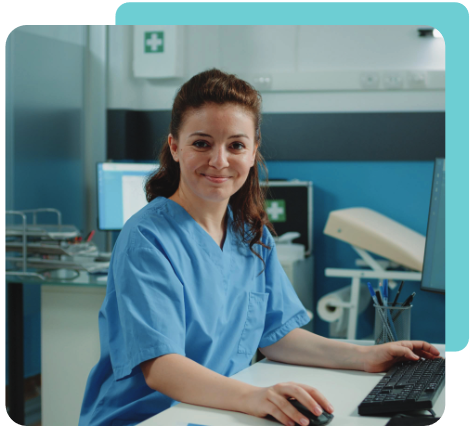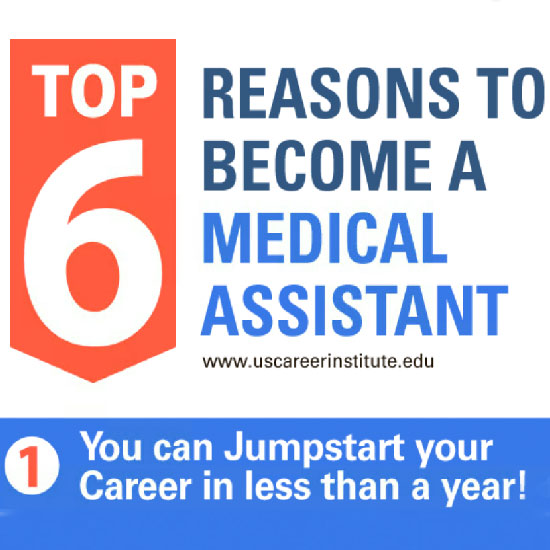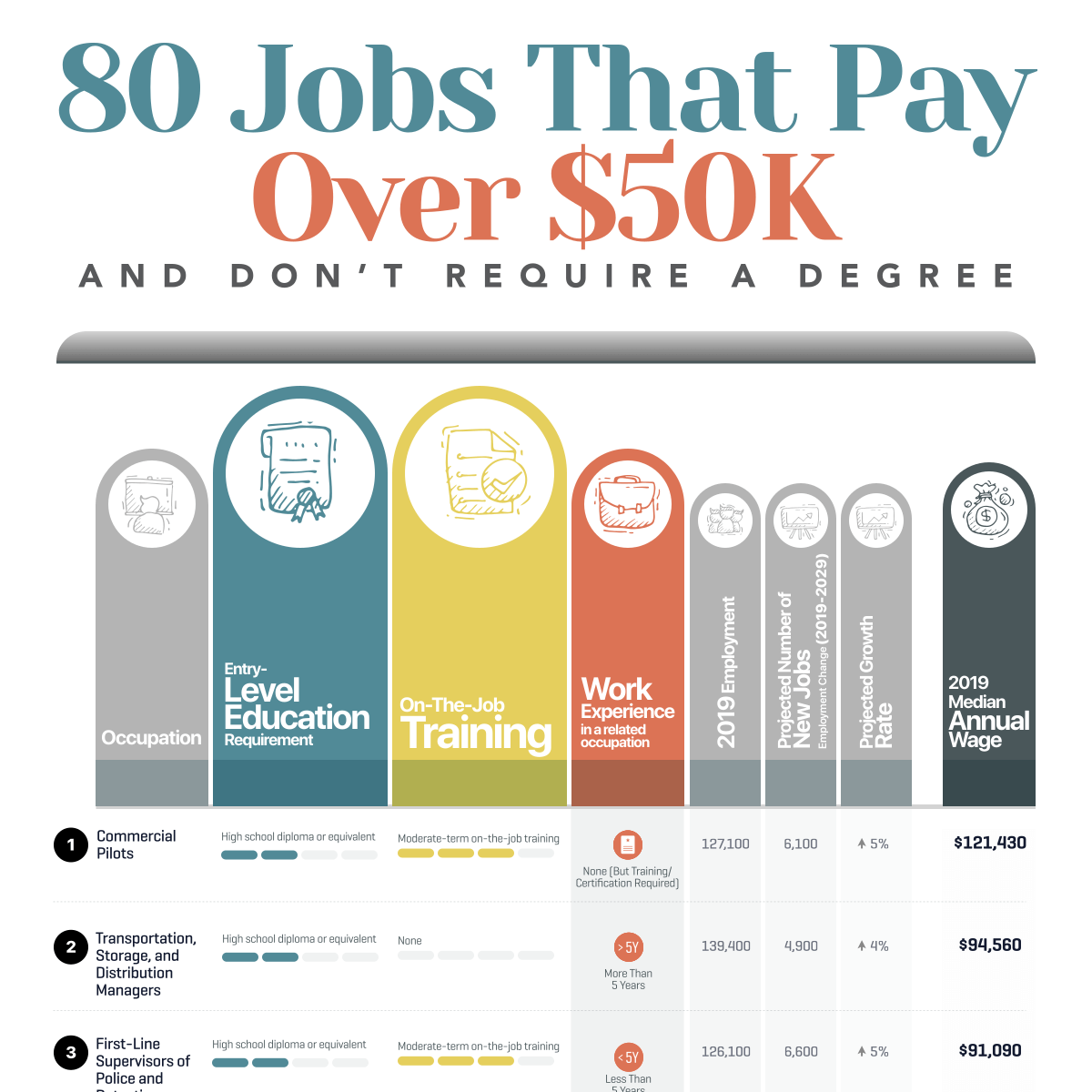Meet the Lead Instructor/Course Expert
Rebecca has been in healthcare for 25 years. In those 25 years, she has learned and seen
a lot. She obtained a Clinical Nurse Leader (CNL) master’s degree from Sacred Heart
University, a Family Nurse Practitioner (FNP) master's degree from Wheeling Jesuit
University, and a Doctor of Nursing Practice (DNP) from Aspen University. Her work
history includes Internal Medicine, hospice/palliative care, and hematology and
oncology. Her philosophy on education is to be a great teacher, one must be a great
learner. She is originally from West Virginia, but currently resides in Myrtle Beach,
SC.









